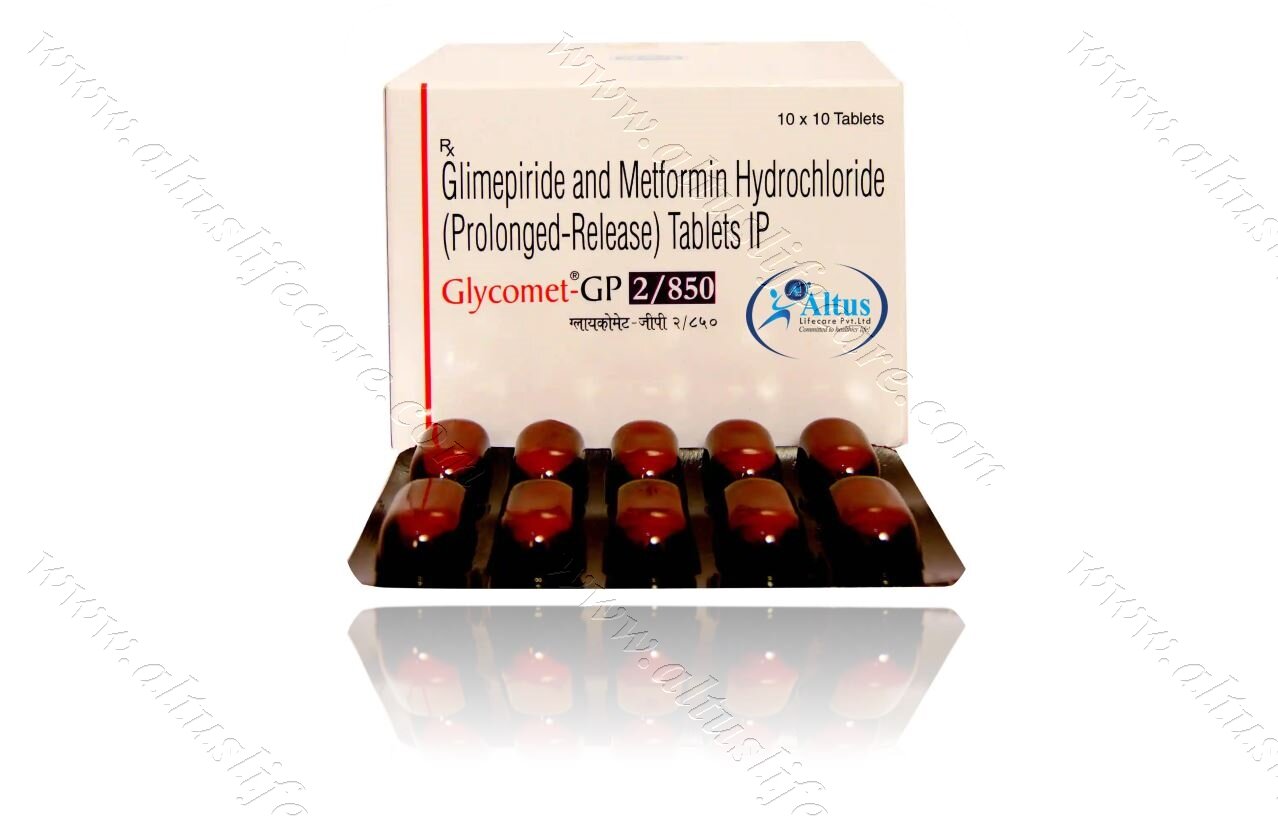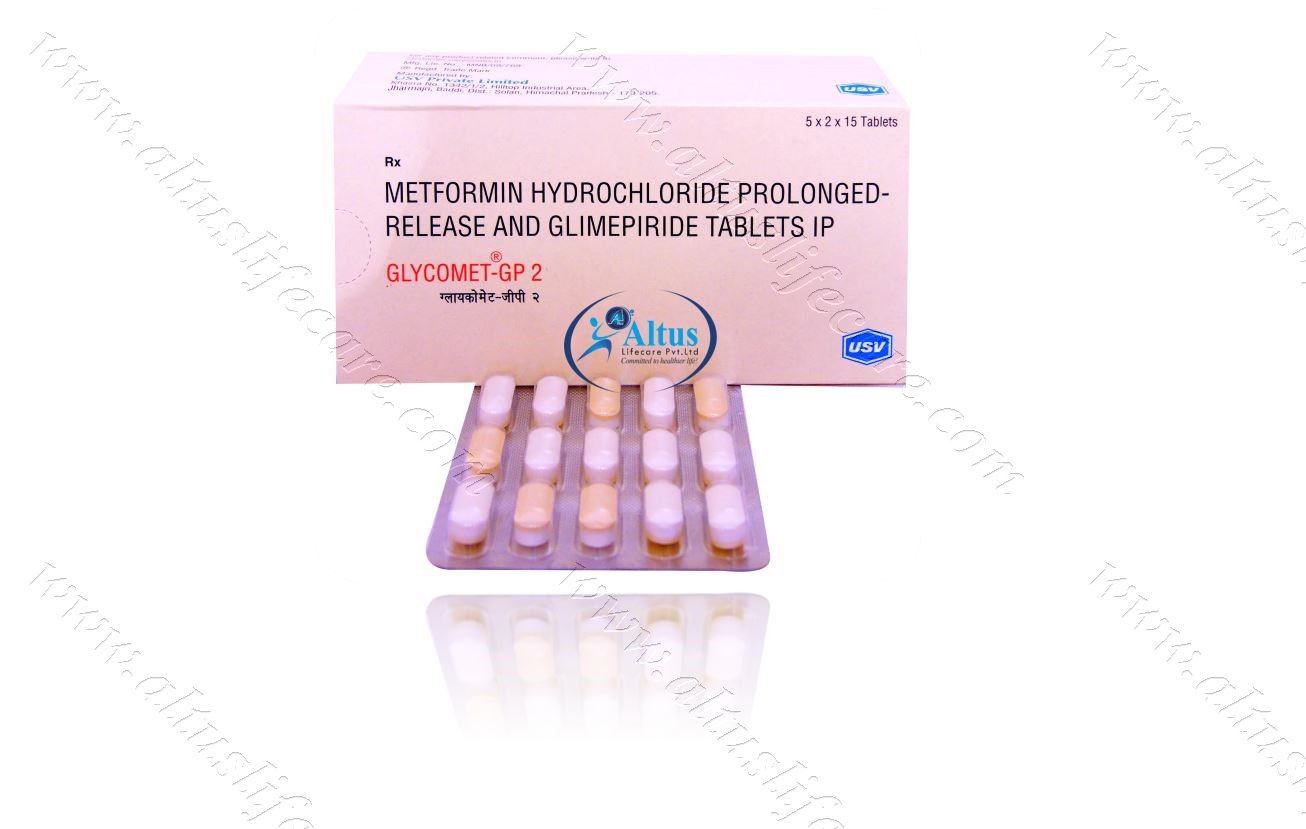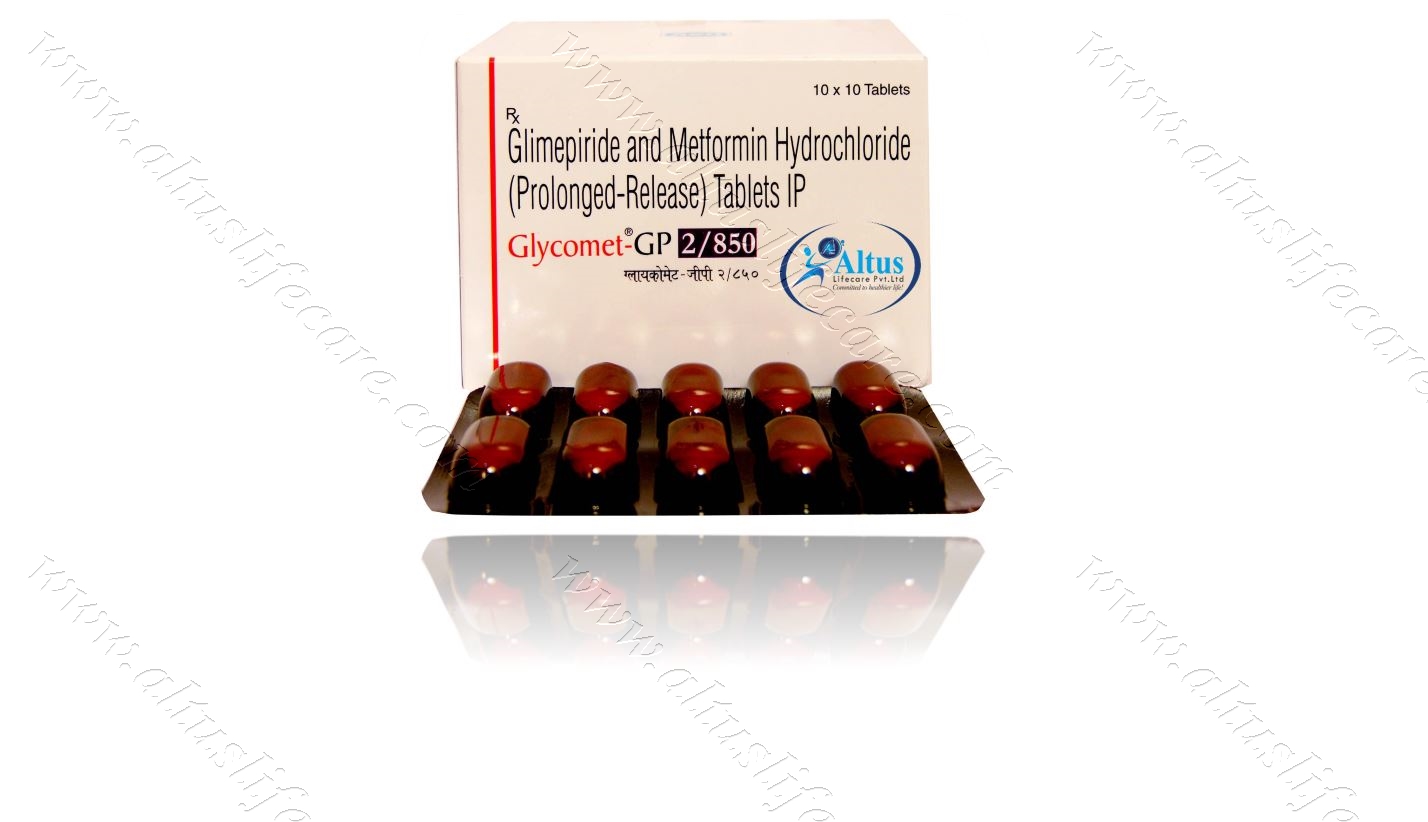No products in the cart.
Return To Shop
Menu
Categories
- Anti Malarial
- Dermal fillers
- Chemical Peels
- Nephrology Segment
- Kidney / Liver Care
- Anti Cancer
- Altus Product's
- Pharmaceutical Products
- Anti Fungal
- Hepatitis
- Beauty & Skin Care
- Asthma
- Modafinil
- Urology Segment
- Thyroid Care
- Armodafinil
- HIV Medicines
- Weight Loss
- Naltrexone
- Anti Emetic
- Neuropathic Pain
- Mens Health
- Hair Loss
- Pain Relief
- HCG Injections
- Quit Smoking
- Pharmaceutical Vaccine
- Best Selling Products
- Anti Viral
- Bimatoprost
- Antibiotics
- Women's Health
- Cetaphil
- Botulinum
- Diabetes
- Human Albumin
Wishlist
0
Sign in
Login
Register
- Anti-Cancer
- Armodafinil
- Bimatoprost
- Botulinum
- Dermal Fillers
- Hepatitis
- Mens-health
- Modafinil
- Naltrexone
- ANTI EMETIC
- Altus Product’s
- Anti Fungal
- Anti Malarial
- Anti Viral
- Antibiotics
- Asthma
- Beauty & Skin Care
- Cetaphil
- Chemical Peels
- Diabetes
- Hair Loss
- HCG Injections
- HIV Medicines
- Human Albumin
- Kidney / Liver Care
- Neuropathic Pain
- Pain Relief
- Pharmaceutical Products
- Pharmaceutical Vaccine
- Quit Smoking
- Thyroid Care
- Weight Loss
- Women’s Health
Shop and get discounts
Worldwide Shipping
Menu
Categories
- Anti Malarial
- Dermal fillers
- Chemical Peels
- Nephrology Segment
- Kidney / Liver Care
- Anti Cancer
- Altus Product's
- Pharmaceutical Products
- Anti Fungal
- Hepatitis
- Beauty & Skin Care
- Asthma
- Modafinil
- Urology Segment
- Thyroid Care
- Armodafinil
- HIV Medicines
- Weight Loss
- Naltrexone
- Anti Emetic
- Neuropathic Pain
- Mens Health
- Hair Loss
- Pain Relief
- HCG Injections
- Quit Smoking
- Pharmaceutical Vaccine
- Best Selling Products
- Anti Viral
- Bimatoprost
- Antibiotics
- Women's Health
- Cetaphil
- Botulinum
- Diabetes
- Human Albumin
Wishlist
0
0
Cart
$0.00
0
No products in the cart.
Return To Shop Shopping cart (0)
Subtotal: $0.00
Worldwide Shipping
Rated 4.67 out of 5 based on 3 customer ratings
(3 customer reviews)
Compare
Please, enable Compare.
SKU: N/A
Category: Diabetes
$44.87 – $99.36Price range: $44.87 through $99.36
Glycomet-GP 2/850 Tablet (Glimepiride 2mg / Metformin 850mg)
Glycomet-GP 2/850 Tablet SR belongs to a category of medicines known as anti-diabetic drugs. It is a combination of two medicines used to treat type 2 diabetes mellitus in adults. It helps control blood sugar levels in people with diabetes.
Have questions?
Our experts are ready to help.
Call : +91 9002 1002 33
Glycomet-GP 2/850 Tablet (Glimepiride 2mg / Metformin 850mg)
| COUNTRY OF ORIGIN | India |
|---|---|
| DOSAGE FORM | Tablets |
| GENERIC NAME | Glimepiride |
| INDICATION | Treatment of Type 2 diabetes mellitus |
| PACKAGING | 10 tablets in 1 strip |
| MANUFACTURER | USV Ltd |
| COMPOSITION | Glimepiride (2mg) + Metformin (850mg) |
PRODUCT INTRODUCTION
Glycomet-GP 2/850 Tablet SR belongs to a category of medicines known as anti-diabetic drugs. It is a combination of two medicines used to treat type 2 diabetes mellitus in adults. It helps control blood sugar levels in people with diabetes.
Glycomet-GP 2/850 Tablet SR should be taken with food. Take it regularly at the same time each day to get the most benefit. Your doctor will decide what dose is best for you and this may change from time to time according to how it is working according to your blood sugar levels.
Keep taking this medicine, even if you feel well or your blood sugar levels are controlled. If you stop it without consulting your doctor, your blood sugar levels could rise and put you at risk of kidney damage, blindness, nerve problems, and loss of limbs. Remember that it is only part of a treatment program that should also include a healthy diet, regular exercise, and weight reduction as advised by your doctor. Your lifestyle plays a big part in controlling diabetes.
The most common side effect of Glycomet-GP 2/850 Tab let SR is low blood glucose levels (hypoglycemia). Make sure you recognize the signs of having low blood glucose levels, such as sweating, dizziness, headache, and shaking, and know how to deal with it. To prevent this, it’s important to have regular meals and always carry a fast-acting source of glucose such as sugary food or fruit juice with you.
Drinking alcohol can also increase your risk of low blood sugar levels and should be avoided. Other side effects that may be seen on taking this medicine include taste changes, nausea, diarrhea, stomach pain, headache, and upper respiratory tract infection. Some people may find that they put on weight with this medicine.
You should not take it if you have type 1 diabetes mellitus, if you have diabetic ketoacidosis (high levels of acid in your blood), or if you have severe kidney or liver disease. Before taking this medicine, tell your doctor if you have ever had heart disease.
It may not be suitable. Pregnant or breastfeeding women should also consult their doctor before taking it. Your blood sugar levels should be checked regularly and your doctor may also advise blood tests to monitor your blood cell counts and liver function.
“Optimizing Glucose Symphony: The Combined Impact of Glimepiride 2mg and Metformin 850mg in Diabetes Orchestration”
This heading highlights the synergistic effects of Glimepiride at 2mg and Metformin at 850mg, emphasizing their combined role in orchestrating blood glucose control. The explanation would delve into how Glimepiride stimulates insulin release, while Metformin improves insulin sensitivity, creating a harmonious interplay that contributes to effective diabetes management.
“Strategic Dosage Synchrony: Navigating Glimepiride 2mg and Metformin 850mg for Balanced Blood Sugar Harmony”
Here, the focus is on the precision involved in selecting the dosages of Glimepiride (2mg) and Metformin (850mg) to achieve balanced blood sugar management. The explanation would explore the rationale behind these specific doses, considering the mechanisms of each medication, and highlight the importance of a carefully calibrated dosage strategy that balances optimal efficacy with minimizing potential side effects. It underscores the significance of achieving a delicate equilibrium in diabetes care.
The Future of Diabetes Management: Glimepiride Metformin Innovations
Peer into the future of diabetes care with a focus on the innovative developments and ongoing research related to glimepiride and metformin. Stay informed about emerging technologies, novel formulations, and groundbreaking discoveries that could shape the landscape of diabetes management.
Signs and Symptoms of Type 2 Diabetes Mellitus: Decoding the Early Diabetes Language
Explore the intricate language of early signs associated with Type 2 Diabetes Mellitus. Delve into the specific symptoms and signals that form this unique language, emphasizing the importance of decoding these early indicators for timely diagnosis and intervention.
Diabetes Mellitus Medications: Navigating Medication Choices for a Healthier Lifestyle
Explore the diverse landscape of diabetes mellitus medications, guiding individuals in making choices that align with a healthier lifestyle. This comprehensive overview aids in navigating medication options, emphasizing their impact on promoting a healthier way of life.
Legacy of Health: Drug for Diabetes Mellitus Type 2 Odyssey
Exploring the drug’s potential to establish a lasting legacy in Diabetes Mellitus Type 2 care, this narrative unfolds how its impact shapes the ongoing odyssey toward a future where health is prioritized and preserved.
“Meds for Diabetes Mellitus Type 2: Navigating Medication Strategies for Improved Well-Being”
This guide focuses on navigating through various medication strategies tailored to enhance overall well-being for individuals managing Type 2 Diabetes. It explores how strategic use of medications can positively impact not only blood sugar control but also contribute to improved physical, mental, and emotional well-being.
Medications for Diabetes Mellitus Type 2: Medication Cost-Effective Alternatives
Cost-effective alternatives are relevant in diabetes management. This blog will discuss strategies for exploring medication alternatives that balance effectiveness with affordability, ensuring that individuals with type 2 diabetes have access to suitable treatment options.
Advancements in Smart Insulin Pens for Treatment of Type 2 Diabetes Mellitus
Highlighting innovations in insulin delivery, this section explores advancements in smart insulin pens for the treatment of Type 2 Diabetes Mellitus. From dose tracking to connectivity features, the discussion showcases how smart pens contribute to precision and convenience in insulin administration.
DM Type 2 Medications: Medication Wisdom for Better Diabetes Management
Gain insights into medication wisdom tailored for better management of diabetes in individuals with Type 2 Diabetes. Explore how this wisdom translates into improved blood sugar control and overall health.
USES OF GLYCOMET-GP TABLET SR
- Treatment of Type 2 diabetes mellitus
BENEFITS OF GLYCOMET-GP TABLET SR
In Treatment of Type 2 diabetes mellitus
Glycomet-GP 2/850 Tab let SR is a combination medicine that increases the amount of insulin your body produces (in the pancreas). The insulin then works to lower your blood glucose level. It is usually taken once a day. You should keep taking it for as long as it is prescribed.
Lowering blood glucose levels is an essential part of managing diabetes. If you can control the level you will reduce the risk of getting any of the serious complications of diabetes such as kidney damage, eye damage, nerve problems, and loss of limbs. Taking this medicine regularly along with proper diet and exercise will help you live a normal, healthy life.
Lowering blood glucose levels is an essential part of managing diabetes. If you can control the level you will reduce the risk of getting any of the serious complications of diabetes such as kidney damage, eye damage, nerve problems, and loss of limbs. Taking this medicine regularly along with proper diet and exercise will help you live a normal, healthy life.
SIDE EFFECTS OF GLYCOMET-GP TABLET SR
Most side effects do not require any medical attention and disappear as your body adjusts to the medicine. Consult your doctor if they persist or if you’re worried about them
Common side effects of Glycomet-GP
- Hypoglycemia (low blood glucose level)
- Headache
- Nausea
- Diarrhea
- Flatulence
HOW TO USE GLYCOMET-GP TABLET SR
Take this medicine in the dose and duration as advised by your doctor. Swallow it as a whole. Do not chew, crush or break it. Glycomet-GP 2/850 Tab let SR is to be taken with food.
HOW GLYCOMET-GP TABLET SR WORKS
Glycomet-GP 2/850 Tab let SR is a combination of two antidiabetic medicines: Glimepiride and Metformin.Glimepiride is a sulfonylurea which works by increasing the amount of insulin released by the pancreas in order to lower the blood glucose. Metformin is a biguanide which works by lowering glucose production in the liver, delaying glucose absorption from intestines and increasing the body’s sensitivity to insulin.
SAFETY ADVICE

Alcohol
UNSAFE
It is unsafe to consume alcohol with Glycomet-GP 2/850 Tab let SR.

Pregnancy
CONSULT YOUR DOCTOR
Glycomet-GP 2/850 Tab let SR may be unsafe to use during pregnancy. Although there are limited studies in humans, animal studies have shown harmful effects on the developing baby. Your doctor will weigh the benefits and any potential risks before prescribing it to you. Please consult your doctor.

Breast feeding
UNSAFE
Glycomet-GP 2/850 Tab let SR is unsafe to use during breastfeeding. Data suggests that the drug may cause toxicity to the baby.

Driving
CAUTION
Your ability to drive may be affected if your blood sugar is too low or too high. Do not drive if these symptoms occur.

Kidney
CAUTION
Glycomet-GP 2/850 Tab let SR should be used with caution in patients with kidney disease. Dose adjustment of Glycomet-GP 2/850 Ta blet SR may be needed. Please consult your doctor.
Use of Glycomet-GP 2/850 Tab let SR is, however, not recommended in patients with severe kidney disease. Regular monitoring of kidney function test is advisable while you are taking this medicine.
Use of Glycomet-GP 2/850 Tab let SR is, however, not recommended in patients with severe kidney disease. Regular monitoring of kidney function test is advisable while you are taking this medicine.

Liver
CAUTION
Glycomet-GP 2/850 Tab let SR should be used with caution in patients with liver disease. Dose adjustment of Glycomet-GP 2/850 Tab let SR may be needed. Please consult your doctor.
Glycomet-GP 2/850 Tab let SR is generally started with low dose in patients with mild to moderate liver disease and its use is not recommended in patients with severe liver disease.
Glycomet-GP 2/850 Tab let SR is generally started with low dose in patients with mild to moderate liver disease and its use is not recommended in patients with severe liver disease.
WHAT IF YOU FORGET TO TAKE GLYCOMET-GP TABLET SR?
If you miss a dose of Glycomet-GP 2/850 Tab let SR, take it as soon as possible. However, if it is almost time for your next dose, skip the missed dose and go back to your regular schedule. Do not double the dose.
| Pack Size | 200 Tablet/s, 300 Tablet/s, 400 Tablet/s, 500 Tablet/s |
|---|
3 reviews for Glycomet-GP 2/850 Tablet (Glimepiride 2mg / Metformin 850mg)
Add a review Cancel reply
Related products
Armotraz Tablet (Anastrozole 1mg)
From: $97.40Daunotec 20mg Injection | Daunorubicin
From: $54.55Hepcvel Tablet | Sofosbuvir 400mg | Velpatasvir 100mg
From: $205.13Cabgolin Tablet (Cabergoline)
From: $50.65Sofocruz LP Tablet | Ledipasvir | Sofosbuvir 400mg
From: $192.31Resof 400mg Tablet | Sofosbuvir 400mg
From: $179.49Velasof Tablet | Sofosbuvir | Velpatasvir
From: $179.49People also bought
-
Benoquin 40 Cream | Monobenzone 40%
From: $154.77 - From: $38.38
- From: $40.05
-
Aziderm 10% Cream 15gm | Azelaic Acid 10%
From: $39.26
Our Services
Shipping
Shipping at Discounted Price
Money Returns
Return Within 30 Days
Secure Payment
Safe & Secure Payment
Support 24/7
Contact 24 Hours Day
Glycomet-GP 1 Tablet (Glimepir...
From: $37.18


Glycomet-GP 3/850 Tablet (Glim...
From: $51.28
More
More
- Anti-Cancer
- Armodafinil
- Bimatoprost
- Botulinum
- Dermal Fillers
- Hepatitis
- Mens-health
- Modafinil
- Naltrexone
- ANTI EMETIC
- Altus Product’s
- Anti Fungal
- Anti Malarial
- Anti Viral
- Antibiotics
- Asthma
- Beauty & Skin Care
- Cetaphil
- Chemical Peels
- Diabetes
- Hair Loss
- HCG Injections
- HIV Medicines
- Human Albumin
- Kidney / Liver Care
- Neuropathic Pain
- Pain Relief
- Pharmaceutical Products
- Pharmaceutical Vaccine
- Quit Smoking
- Thyroid Care
- Weight Loss
- Women’s Health





















Jennifer (verified owner) –
Adhering to a medication schedule and making smart food choices have kept my type 2 diabetes under control.
Katelyn (verified owner) –
“Shipping was fast, and the product quality is top-notch – highly satisfied!”
Shay (verified owner) –
“I was pleasantly surprised by the product’s superior quality. The packaging was excellent, preventing any damage during shipping.”